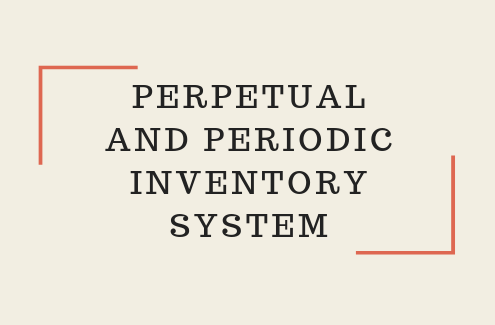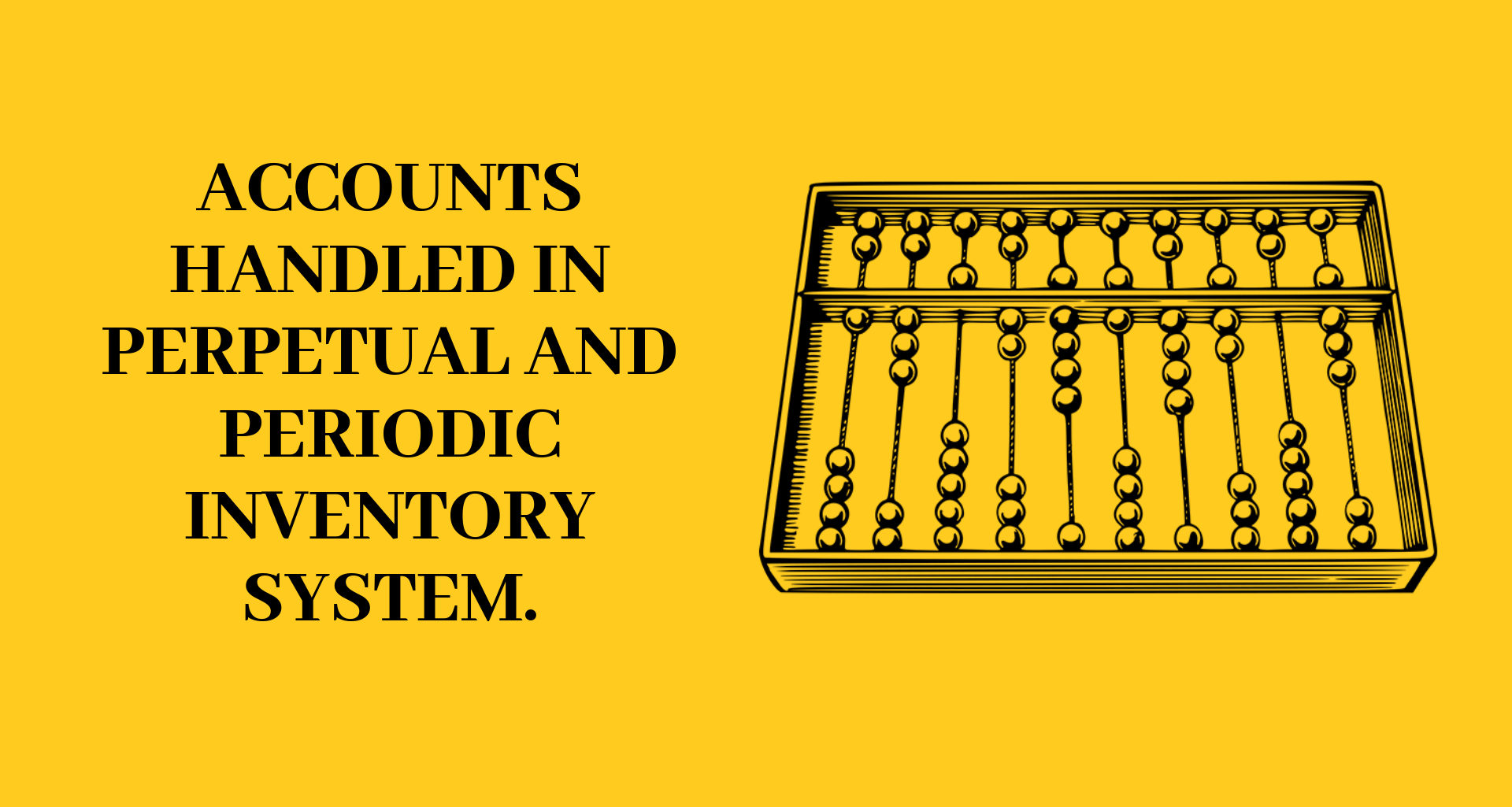
In a business environment, where physical goods are being sold or purchased, it is essential to have an inventory management system. These inventory management systems divide into two major categories, called perpetual systems and periodic systems. The periodic and perpetual inventory systems are different methods to track the quantity of goods on hand.
Content: Perpetual Inventory System Vs Periodic Inventory System
Definition
Periodic Inventory System Meaning
The periodic inventory system relies upon an occasional or timely physical count of the inventory to determine the level of inventory and the cost of goods sold (COGS). Under periodic inventory, the inventory account and COGS account are updated in a timely manner – this could be once a month, once a quarter, or once a year.
Perpetual Inventory System Meaning
The perpetual inventory system keeps continual track of inventory balances and requires much more record keeping to maintain. Whenever a product is received or sold, updates are made automatically. Purchases and returns are immediately recorded in the inventory account. Perpetual inventory system uses digital technology to track inventory in real-time.
Differences Between Perpetual and Periodic Inventory
1. Accounts handled in Perpetual and Periodic Inventory System

When it comes to a periodic system, the records related to the cost of goods sold calculates in general journal entries. However, a perpetual system will update the accounts throughout the time of the accounting period.
2. Purchases involved in Perpetual and Periodic Inventory System

Another difference between perpetual and periodic inventory system is the purchases. When you take a look at a periodic system, a single entry is fed into the purchase account and the total purchase amount. On the other hand, the perpetual systems will record the total amount of stock purchased, along with the recording of the total number of units that have been purchased.
3. Sales Accounts in Perpetual and Periodic Inventory System

When using a periodic system, a single entry is for the sale amount and the goods reflecting that. But when it comes to a perpetual system, two entries will be recorded. The first entry will refer to the sales amount, and the second entry will refer to the cost of goods sold.
4. Cost of goods sold in Perpetual and Periodic Inventory System

The periodic system would calculate the cost of goods sold once the stocktake takes place using the calculation as mentioned above. Then a single amount enters the booking. But when it comes to a perpetual system, the cost of goods sold updates at every single time a sale is being made.
5. Closing entries in Perpetual and Periodic Inventory System

In a periodic system, enter the closing entries to showcase the cost of goods on the sale. This helps you to understand what is left in your hands. However, a perpetual system will update the accounts continuously. Therefore, no closing entries will be recorded.
6. Investigating transactions in Perpetual and Periodic Inventory System

When it comes to a periodic system, the transactions are not log in a unit level. As a result, it is quite challenging to investigate the transactions that are linked with mistakes in the inventory. However, a perpetual system would record every transaction per inventory unit, which helps you with understanding the errors.
7. Stock turnover rates in Perpetual and Periodic Inventory System

The last difference between perpetual and periodic inventory system is about stock turnover rates. The financial indicators play a significant role when determining the success of a product. However, the periodic system doesn’t provide a clear idea of how to calculate stock turnover rates. It will only record the cost of goods sold in intervals. However, a perpetual system will be able to provide you with an accurate view of stock data at all times.
Comparison Chart
| BASIS FOR COMPARISON | PERPETUAL INVENTORY SYSTEM | PERIODIC INVENTORY SYSTEM |
|---|---|---|
| Meaning | An inventory system that keeps continual track of inventory balances | An inventory system where inventory records are updated at periodic intervals |
| Updation | Continuously | Occasionally |
| Basis | Book Records | Physical Verification |
| Inventory Control | Possible | Not Possible |
| Affect on Business Operation | No impact | Huge impact, Business operations need to be stopped during valuation |
Conclusion on Perpetual vs Periodic
These key differences make it clear that the perpetual inventory system is vastly superior to the periodic inventory system. A perpetual inventory system is, nowadays, preferred over the old system of periodic inventory. However, a periodic system might work in cases where the amount of inventory is very small. In that situation, you don’t need detailed stock records and you can review it visually.
 Start using ZapInventory today
Start using ZapInventory today

